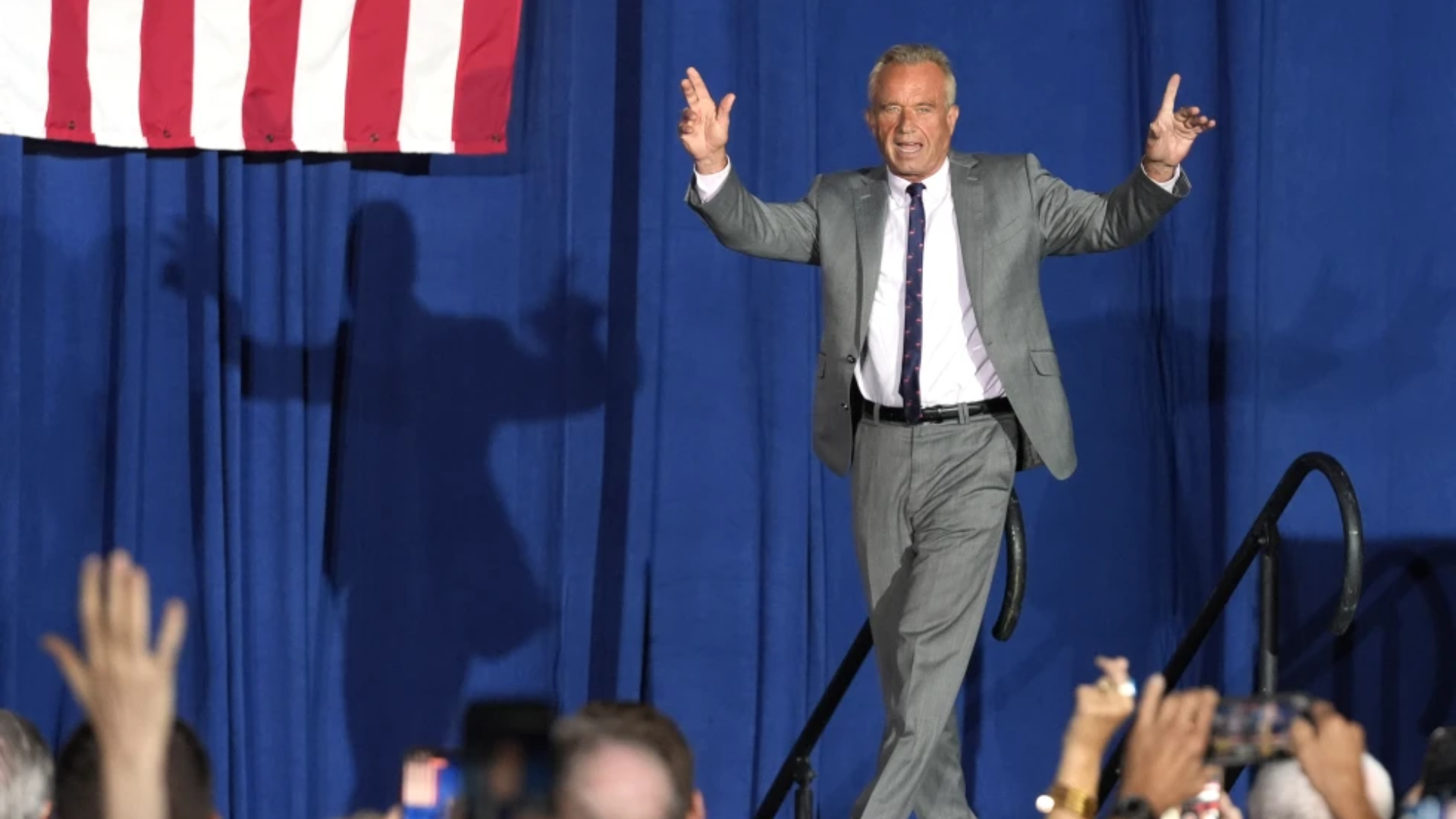NEW YORK (AP) — The young man slouched against the inside of the subway doors as the No. 3 train headed south along Broadway. Across the aisle, another young man lay asleep, sprawled across three seats.
In ordinary times, it would be the snoozing seat hog who got angry glares. But in the age of COVID-19, it was the other guy who drew silent notice because he, unlike the oblivious napper, wore no face covering.
The agency that runs New York City’s subway and bus systems implemented a $50 fine this week for the scofflaws who, even in a region with more than 25,000 coronavirus dead, refuse to follow rules requiring masks to be worn at all times on public transit.
Metropolitan Transportation Authority officials have promised to enforce the rule with a light touch — certainly far lighter than the city’s famously zero-tolerance approach to parking violations. And they have dismissed criticisms that the fines are aimed at easing what officials have called an existential budget crisis brought on by the pandemic.
When recalcitrant riders are identified, MTA employees and New York City police have been instructed to provide a mask first and issue a ticket only as a last resort. Through Thursday, none had been issued, but MTA police reported about 1,700 instances of riders being given a mask, or of people being cautioned that they were wearing their mask improperly.
Still, even some riders who are irritated by masklessness on buses and trains were unsure about the idea of getting compliance through fines.
Kathryn Lois, who rides the subway on Manhattan’s Upper West Side, decried the fine even as she noted three maskless people entering the station at 96th Street and Broadway within a span of about 5 minutes.
“We can’t afford it, not with everything else that’s been going on,” Lois said, referring to the economic downturn brought on by the pandemic. “It’s not fair.”
Tim Kelly, a Queens resident working a construction job in Manhattan, was more blunt, calling it bull excrement.
“If nobody’s around you and you want to pull your mask off and breathe air normally, why shouldn’t you be able to?” Kelly said as he waited for a No. 2 subway train on Tuesday, his face covered by an American flag-themed mask.
As New York takes halting steps toward reopening its economy and restoring the rhythms and routines that define it, its subway system remains underused. Many longtime commuters either are still working from home or using other means to get to work, possibly out of fear that they could be infected by fellow passengers.
The virus can be caught by inhaling droplets from another person’s sneeze, cough or even conversation, according to the Centers for Disease for Control and Prevention, and some research suggests droplets can remain in the air in a closed environment for as long as 14 minutes.
New York’s subways have a daily ridership of more than 5 million. An MTA-commissioned study last spring projected 60% of riders would return to the subways by now; the actual number is less than half of that, according to the agency.
More than 130 MTA employees have been killed by the coronavirus, most in the initial three months of its assault on New York.
Of those who are riding buses and subways, fewer than one in 10 aren’t wearing masks, according to spot surveys conducted by the MTA throughout the system. MTA Chairman Patrick Foye said one of the goals of the fine, in addition to protecting the health of customers and MTA employees, is to drive mask usage even higher and give riders more reason to return.
Interim New York City Transit head Sarah Feinberg, who oversees city subways and buses, compared the mask rule to other subway rules prohibiting littering, smoking or drinking — conventions New Yorkers follow or not on the honor system, because there are relatively few people enforcing rules in the sprawling network. Gov. Andrew Cuomo signed an executive order mandating mask usage several months ago.
“This is just another one; it gives us another tool in our toolbox,” Feinberg said. “We’re not looking to fine people, we’re not looking for the police to fine people; what we’re looking for is compliance. Our point is to make sure we can get as close to 100% compliance as we can.”
Dan Pearlstein, spokesperson for the Riders Alliance, said that while his advocacy organization shares the MTA’s goal of getting everyone wearing a mask, he was also concerned about how aggressively the fines might be used.
“I think the MTA is trying to broadcast the message that they are doing everything possible, but invoking the law enforcement angle is sort of a recipe for trouble,” he said. “Things can go very wrong in conflicts between police and riders, and with all the publicity it will not have been worth it.”
In the early months of the coronavirus outbreak, New York City police had taken a more active role in enforcing mask rules until a bystander recorded officers pinning a young woman to the ground in front of her young child at a Brooklyn subway station after she argued with cops who had confronted her about not wearing her mask properly.
The episode led Mayor Bill de Blasio to announce police officers would no longer take enforcement actions over mask-wearing unless there was serious danger to the public.
“What we want is compliance,” NYPD Commissioner Dermot Shea told television station NY1 on Monday. “We’re not looking to have summonses issued and further hurt people that are already hurting in New York City, but we want compliance and that’s the message.”
The agency said last month that it needs $12 billion in funding before the end of 2021 to avoid drastic measures, like service reductions and a 36% fare hike. The federal government supplied nearly $4 billion in coronavirus relief.
2020 The Associated Press. All Rights Reserved. This material may not be published, broadcast, rewritten, or redistributed. PHOTO: AP






















